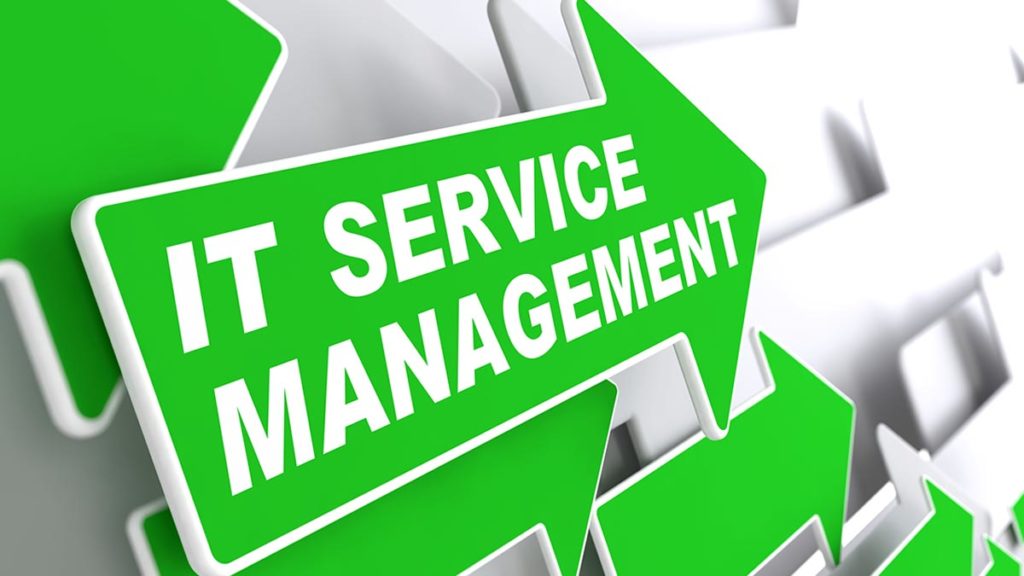Organizations today must navigate a complex web of legacy and customized solutions to advance their IT service management (ITSM) strategy. The commercialization of the cloud has given rise to a new breed of transformative ITSM online tools changing the way companies provide services.
In today’s business environment, companies are becoming increasingly reliant on their internal IT organizations to deliver business-critical services and functions.
As IT functions become increasingly intertwined in the day-to-day operations of businesses, more IT organizations are choosing to adopt IT service management (ITSM) best practices, including the ITIL® framework, to help those businesses to meet the rapidly changing needs of the people they serve.
Below are some benefits that IT organizations can realize by adopting IT service management processes, policies, and procedures.
Post Contents
- 1 Five Essential Ways Your Business Can Profit From Itsm:
- 1.1 Information Technology Service Management Conveys It as a Help
- 1.2 An All-Around Run It Department Improves in General Execution and Profitability.
- 1.3 It Service Management Tools Drive Effectiveness and End-Client Fulfillment Through Robotization and Self-Administration
- 1.4 It Service Management Sets up Control and Oversight for It Activities
Five Essential Ways Your Business Can Profit From Itsm:

Information Technology Service Management Conveys It as a Help
ITSM depends on the possibility that IT exists to serve the industry. Its approaches and strategies have been painstakingly organized so IT experts can work more intelligently, quicker, and genuinely advantage the more noteworthy organization.
Rather than working in silos and responding to occasions in a specially appointed way, which frequently makes end-clients frustratingly lethargic, ITSM constructs an efficient IT services model.
This includes repeatable and scalable best practice processes, clearly defined roles and responsibilities for IT employees, an easy-to-understand list of services tailored to organizational needs, and a method for measuring and improving operational performance.
An All-Around Run It Department Improves in General Execution and Profitability.

In today’s digital world, a well-run IT department is a necessity, not a luxury. The IT Service Management practice ultimately helps to improve overall business functions by creating a more efficient, productive IT department that provides better-fitting services.
For example, IT Service Management builds metrics to assess IT performance, enabling quick adjustments that keep service levels high. It also uses ITIL guidelines to establish standardized procedures for problem management so that connected patterns can be distinguished and tended to initially before it altogether influences business performance.
It Service Management Tools Drive Effectiveness and End-Client Fulfillment Through Robotization and Self-Administration

With tools enabling next-generation technologies such as automation, ITSM has become a medium for business innovation and organizational change. About 60% of Forbes Insights survey respondents consider ITSM solutions to be “essential” for their digital transformation initiatives.
Many ITSM processes are ripe for automation, including mundane, repetitive tasks such as onboarding employees who extract time and productivity from IT employees.
Implementing ITSM automation in these workflows brings efficiency to IT – lower operating costs and frees human employees for high-value work. It also eliminates human error that usually affects repetitive activities and increases business satisfaction by rapid deployment.
It Service Management Sets up Control and Oversight for It Activities

Under a reactive service model, any IT professional can be tasked with any problems encountered, and many people can make changes to a project. This leads to confusion about priorities, roles and responsibilities, appropriate service levels, people making decisions, and how colleagues should interact when solving events.






























